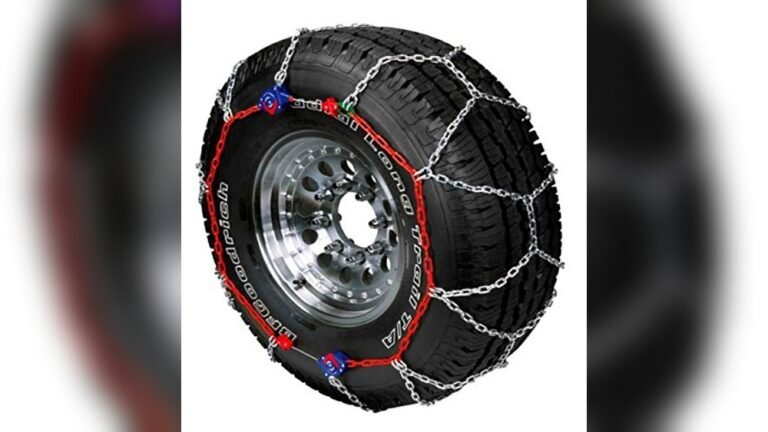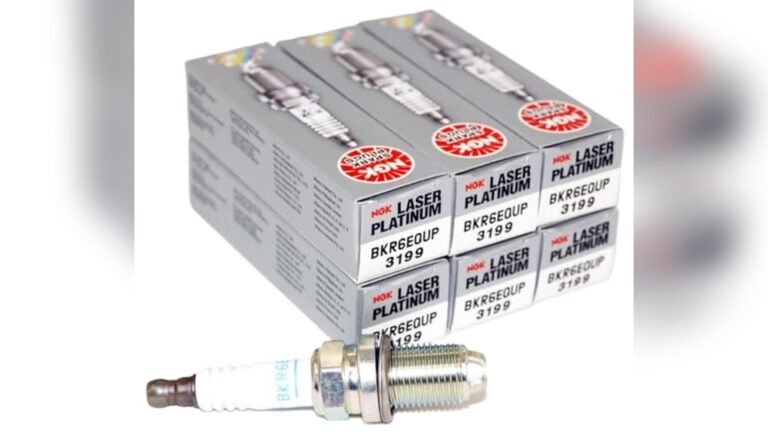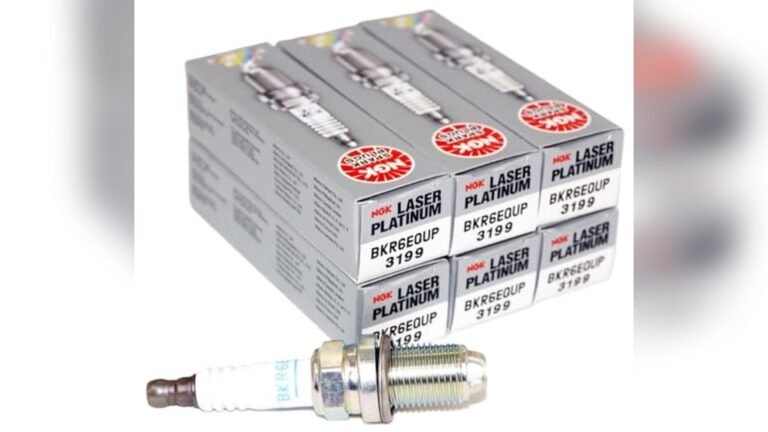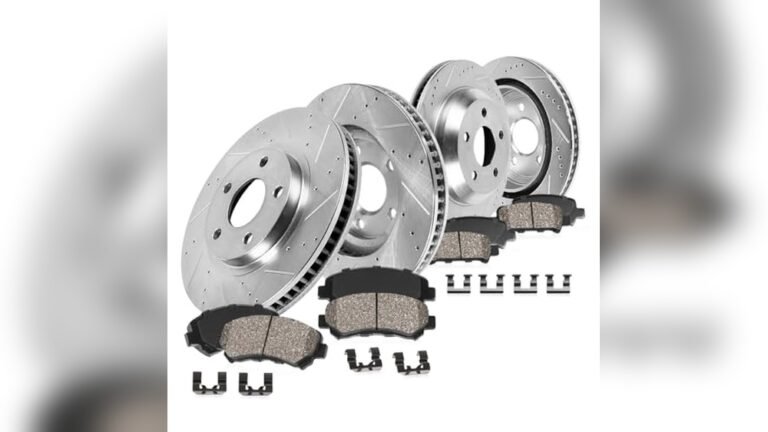To add coolant to a BMW, locate the coolant reservoir and open the cap. Pour in the coolant slowly until it reaches the recommended level.
Introducing coolant to your BMW is a necessary step in maintaining its optimal performance and preventing overheating. In this guide, we will explore how to add coolant to your BMW in a few simple steps. It is important to note that cooling systems vary across BMW models, so it is crucial to consult your vehicle’s manual or seek professional advice for specific instructions.
By following these general steps, you can ensure that your BMW maintains its proper coolant level, enhancing its overall functionality and durability. So, let’s dive into the process of adding coolant to your BMW.
Checking Bmw Coolant Levels
Properly maintaining the coolant level in your BMW is crucial for the overall performance and longevity of your vehicle. Low coolant levels can lead to engine overheating and potential damage. Therefore, it is important to regularly check the coolant levels to ensure they are at the appropriate level.
One way to recognize low coolant indicators is by monitoring your vehicle’s temperature gauge. If you notice that the gauge is consistently running hot or the engine is overheating, it may be an indication of low coolant levels. Additionally, a dashboard warning light may illuminate to alert you of low coolant levels.
To add coolant to your BMW, you first need to locate the coolant reservoir. In most BMW models, the coolant reservoir can be found under the hood, near the radiator. It is important to let your engine cool down before attempting to add coolant.
When adding coolant, it is important to use the correct type of coolant recommended by BMW. This information can be found in your vehicle’s owner’s manual or by consulting a BMW dealership or mechanic. Make sure to add coolant slowly, to avoid any spills or overfilling. Once the coolant level is at the appropriate level, securely close the reservoir cap.
Preparing For Coolant Addition
When adding coolant to your BMW, it is important to properly prepare and gather the necessary tools and materials. First, ensure that the engine is cool before proceeding with the coolant addition. This will help prevent any potential injuries and ensure a safe working environment.
Choosing the right coolant for your BMW is crucial for optimal performance and longevity. Consult your owner’s manual or contact a BMW dealership to determine the specific coolant recommended for your vehicle. Different models may require different types of coolant, so it is important to use the correct one.
Below are the tools and materials needed for adding coolant to your BMW:
| 1. Coolant |
| 2. Coolant reservoir |
| 3. Funnel |
| 4. Gloves |
| 5. Safety goggles |
| 6. Rag or towel |
Having these tools and materials ready beforehand will make the coolant addition process smoother and more efficient. It is always recommended to refer to your owner’s manual for specific instructions on how to add coolant to your BMW, as the process may vary slightly depending on the model.
Identifying The Coolant Reservoir
Adding coolant to your BMW is an essential maintenance task that helps keep your engine cool and prevent overheating. To begin, you need to locate the coolant reservoir, which stores the coolant for your vehicle.
The coolant reservoir in a BMW is usually a translucent plastic container located near the front of the engine compartment. To find it, follow these steps:
| Steps to locate the reservoir |
| 1. Open the hood of your BMW and secure it in place. |
| 2. Inspect the engine compartment for a plastic container with markings for coolant. |
| 3. Check for a cap labeled “coolant” or “engine coolant” on top of the reservoir. |
| 4. If you’re unsure, refer to your BMW owner’s manual for specific instructions. |
Understanding the BMW reservoir markings is important as they indicate the recommended levels for coolant. Ensure that the coolant level is within the designated range to maintain proper engine performance.
Mixing Coolant And Distilled Water
Adding coolant to your BMW’s engine is an essential maintenance task to ensure optimal performance and prevent overheating. It’s important to mix the coolant with distilled water in the correct ratios to ensure efficiency. The recommended ratio for most BMW models is a 50:50 mixture of coolant and distilled water. This ensures proper freeze protection and heat transfer properties. Using distilled water instead of tap water is beneficial as it helps prevent mineral deposits and corrosion inside the engine. It is important to avoid using tap water as it may contain impurities that can impact the coolant’s effectiveness. When adding the mixture, it’s crucial to fill the radiator and overflow tank properly, following the manufacturer’s guidelines. Regularly checking and maintaining the coolant levels will help keep your BMW’s engine in top condition and prevent any potential issues.
Adding Coolant To The Bmw
Adding coolant to your BMW is an essential part of maintaining the vehicle’s cooling system. It not only helps regulate the engine temperature but also prevents overheating and potential damage to the engine. Here is a step-by-step process to guide you:
- Make sure your engine is cool and the vehicle is parked on a level surface.
- Locate the coolant reservoir, which is usually transparent and labeled.
- Remove the cap of the reservoir carefully, ensuring no steam or pressure is present.
- Prepare a mixture of coolant and water as per the manufacturer’s instructions.
- Slowly pour the coolant mixture into the reservoir, allowing it to settle.
- Monitor the coolant level, making sure not to overfill, as it can lead to leaks or spills.
- Securely replace the cap of the reservoir.
- Start the engine and allow it to reach operating temperature.
- Check for any signs of leaks or drips.
- Finally, clean up any spills and dispose of the empty coolant containers responsibly.
By following these steps and taking necessary precautions, you can confidently add coolant to your BMW without any issues. Remember to consult your vehicle’s manual or seek professional assistance if you have any doubts or concerns.

Credit: www.6post.com
Checking For Proper Coolant Levels
In order to add coolant to your BMW and maintain proper cooling system functionality, checking the coolant levels is crucial. Start by reading the reservoir markings post-filling. The reservoir typically has two marks, indicating the minimum and maximum coolant levels. Make sure the coolant is filled between these markings to ensure optimal performance.
Once you have added coolant, it is important to run the engine and check for any potential leaks. By running the engine, you can ensure that the coolant circulates properly throughout the system. Keep an eye out for any leaks or signs of coolant leakage, such as dripping or staining. If you notice any leaks, it is essential to address them promptly to prevent any damage to your BMW’s cooling system.
When To Check Coolant Levels Again
Routine coolant level checks are necessary to ensure the proper functioning of your BMW. It is recommended to check the coolant levels every six months or according to the manufacturer’s guidelines. By regularly monitoring the coolant levels, you can detect any potential issues early on and prevent major engine problems.
There are certain signs that indicate a need for immediate inspection of the coolant levels. If you notice that the engine temperature gauge is consistently higher than normal, it could be an indication of low coolant levels. Another sign to look out for is a coolant leak, which can be identified by visible coolant dripping or puddling underneath your vehicle.
When you discover any of these signs, it is essential to add coolant to your BMW right away. To do this, locate the coolant reservoir, which is typically a translucent plastic container with markings indicating the maximum and minimum levels. Slowly pour the coolant into the reservoir up to the recommended level, being careful not to overfill.
Regular checks and prompt action when signs of low coolant levels are detected will help in maintaining the performance and longevity of your BMW’s engine.
Dealing With Coolant Leaks
Identifying the source of coolant leaks is the first step in dealing with this issue in your BMW. The leaks can occur in various parts of the cooling system, such as the radiator, hoses, water pump, or even the coolant reservoir. Look for signs of leaking coolant, such as puddles underneath your car or a decrease in the coolant level. You can also inspect the hoses and connections for any visible cracks or damage.
Once you have identified the source of the leak, you can determine whether a temporary or permanent fix is required. Temporary fixes, such as using a coolant leak repair additive, can be used as a temporary solution until you can get the leak fixed by a professional. However, it is important to note that these temporary solutions should not be relied upon for an extended period of time.
A permanent fix would involve repairing or replacing the faulty component causing the leak. This can be done by a trained mechanic who will diagnose the issue and provide the necessary repairs. It is crucial to address coolant leaks promptly to prevent any further damage to your BMW’s engine and cooling system.
When Coolant Doesn’t Stay At Proper Level
The coolant in your BMW is essential for maintaining the proper temperature of your engine. However, sometimes you may notice that the coolant level is not staying at the correct level. There can be several reasons for coolant loss in your BMW, and it is important to understand these reasons to prevent any potential damage to your engine.
| 1. Leaks | Check for visible leaks in the hoses, radiator, water pump, and other cooling system components. |
| 2. Head gasket issues | A faulty head gasket can lead to coolant loss and may require professional repair. |
| 3. Overheating | Continuous overheating can cause the coolant to evaporate or leak out. |
| 4. Internal engine damage | In rare cases, internal engine damage can cause coolant loss. |
If you notice that the coolant in your BMW is consistently low, it is recommended to seek professional diagnosis. A qualified mechanic can inspect your cooling system and identify any potential issues that may be causing the coolant loss. Remember, maintaining the proper coolant level is crucial for the optimal performance and longevity of your BMW’s engine.
Overheating Despite Adequate Coolant
If your BMW is overheating despite having adequate coolant levels, there might be several reasons behind this issue. One possible cause could be a faulty radiator cap, which can lead to the coolant boiling at a lower temperature. Another potential culprit could be a malfunctioning water pump that fails to circulate the coolant properly. Additionally, a clogged or restricted radiator can prevent adequate heat dissipation, resulting in overheating. It is also important to check for any leaks in the coolant system, as even a small leakage can lead to a loss of coolant over time. If you notice your BMW overheating, there are a few steps you can take. First, pull over and turn off the engine to prevent any further damage. Allow the engine to cool down before opening the hood. Once the engine has cooled, check the coolant levels and top up if necessary. If the coolant level is fine, it is advisable to seek professional assistance to diagnose and fix the underlying problem. Regular maintenance and coolant inspections can help prevent overheating issues in the future.
Frequently Asked Questions Of How To Add Coolant To Bmw
How Do You Add Coolant To A Bmw?
To add coolant to your BMW, start by ensuring the engine is cool. Locate the coolant expansion tank and remove the cap. Slowly pour the coolant mixture into the tank until it reaches the maximum level. Recap the tank and check for any leaks.
It’s important to follow the manufacturer’s instructions for the correct coolant type and mixing ratios.
Why Is It Important To Add Coolant To A Bmw?
Adding coolant to your BMW is essential for maintaining the optimal operating temperature of the engine. Coolant helps to regulate the engine temperature and prevent it from overheating. Without a sufficient amount of coolant, the engine could overheat, resulting in potential damage and costly repairs.
How Often Should I Add Coolant To My Bmw?
The frequency of adding coolant to your BMW depends on various factors, such as the age of the vehicle, driving conditions, and maintenance history. It is generally recommended to check the coolant level regularly and top it up as necessary.
Additionally, during routine maintenance, have the coolant system inspected and flushed as per the manufacturer’s recommendations.
Conclusion
Adding coolant to your BMW is an important maintenance task that ensures the optimal functioning of your vehicle’s engine. By following the simple steps outlined in this guide, you can confidently carry out the process yourself. Regularly checking and replenishing coolant levels will help prevent overheating and potential engine damage.
Remember to always consult your car’s manual for specific instructions and guidelines. Stay proactive and keep your BMW running smoothly for miles to come!







